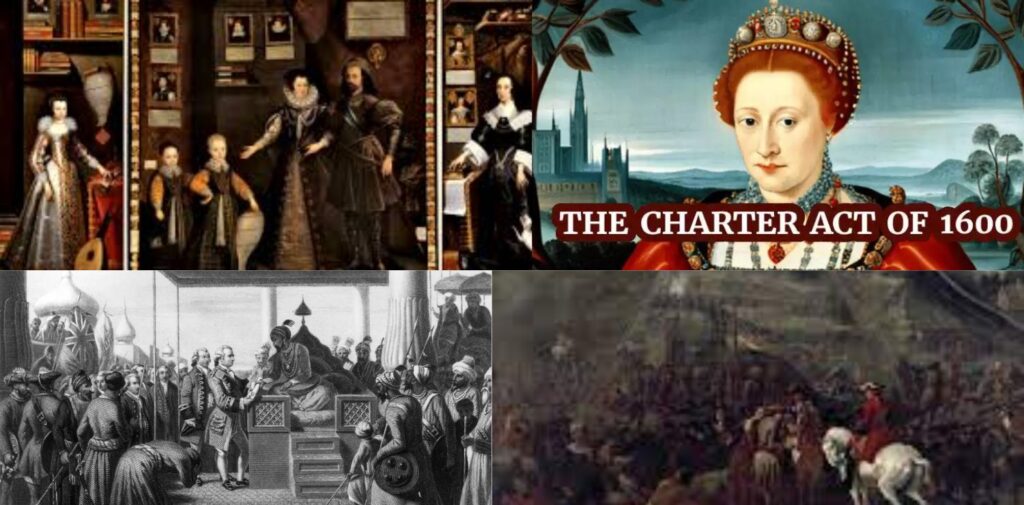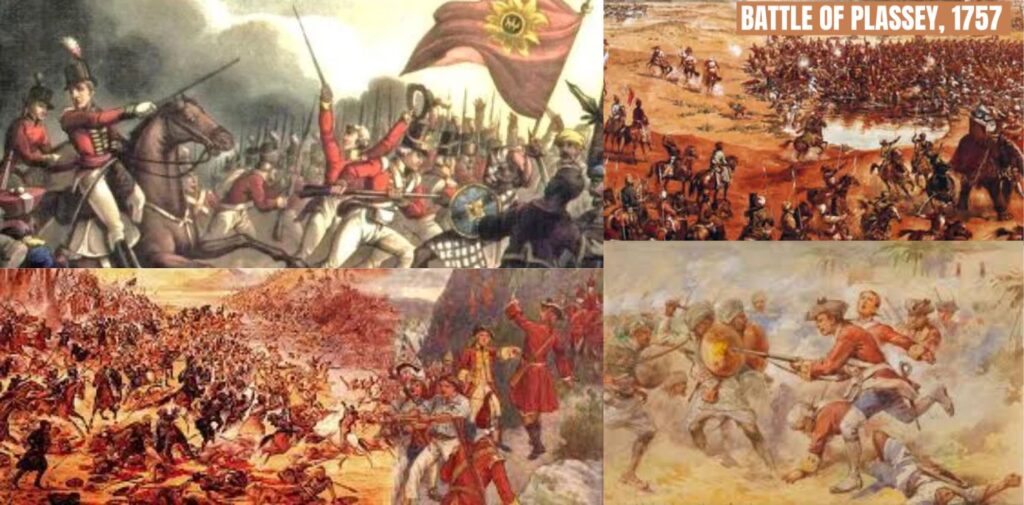The story of how the British Empire conquered India is a complex narrative that spans several centuries. It involves political strategies, military conquests, and significant economic interests. In this article, we will explore the main events and factors that led to British control over India in simple and easy-to-understand language.
Early Contacts with India
The British first arrived in India in the early 17th century. They were initially drawn by the lucrative spice trade and the wealth of resources available in India. In 1600, Queen Elizabeth I granted a charter to the East India Company (EIC), allowing them to trade in the East Indies. The EIC established its first factory in Surat in 1608, which marked the beginning of British commercial interests in India.

The British initially focused on trade and did not aim for territorial control. They competed with other European powers, such as the Dutch and French, who were also trying to establish trade routes and colonies in India.
The Battle of Plassey (1757)
The significant turning point in British control came with the Battle of Plassey in 1757. At this time, the EIC had gained influence in Bengal, which was a rich province. The Nawab of Bengal, Siraj ud-Daulah, opposed British interference in his territory. The British, led by Robert Clive, formed alliances with discontented local leaders, including Mir Jafar, who promised to help them in their efforts against the Nawab.
The battle was relatively short, lasting only a few hours. The British forces defeated Siraj ud-Daulah, thanks to their superior military tactics and the betrayal of Mir Jafar. After the victory, the British installed Mir Jafar as the Nawab, who became a puppet ruler. This battle laid the foundation for British dominance in India, as they now had significant control over the wealthy Bengal region.

Expansion of Control
Following the success in Bengal, the British expanded their influence across India. They used various methods to establish control:
Treaties and Alliances: The British signed treaties with various Indian states, often exploiting internal conflicts and power struggles. By promising support or protection, they could place friendly rulers in power, effectively controlling the region without direct governance.
Military Conquests: The British employed military force when necessary. They fought several significant battles against local rulers, such as the Second Anglo-Mysore War (1780-1784) and the Third Anglo-Maratha War (1817-1818). Each victory further extended British territorial control.
Direct Rule: After the Indian Rebellion of 1857, often referred to as the Sepoy Mutiny, the British government dissolved the East India Company in 1874. They assumed direct control over India, establishing the British Raj, which lasted until 1947. The British governed India through a complex bureaucracy, often employing local leaders to maintain stability.
Economic Exploitation
The British Empire was primarily interested in India’s resources. They implemented various economic policies that favored British industries while undermining Indian craftsmanship and agriculture.
Taxation: Heavy taxes were imposed on Indian farmers, leading to widespread poverty and agricultural distress. The British often exported raw materials from India to fuel their industries back home.
Trade Imbalance: The British established a trade monopoly, controlling the production and sale of various commodities. They discouraged local industries and forced Indian farmers to grow cash crops, such as cotton and indigo, instead of food, leading to famines.
Railways and Infrastructure: While the British built railways and roads, these were primarily designed to facilitate the movement of goods to ports for export rather than to improve the local economy. However, this infrastructure did lay the groundwork for future economic development in India.
Cultural Influence and Resistance
The British also attempted to influence Indian culture and society. They introduced English education and promoted Western ideas, which created a new class of educated Indians. This educated elite would later play a crucial role in the independence movement.
However, British rule was met with growing resentment. Several uprisings and movements, such as the Indian National Congress (founded in 1885) and the Swadeshi Movement (boycotting British goods), emerged in response to oppressive policies and cultural domination. Leaders like Mahatma Gandhi and Jawaharlal Nehru would later become instrumental in the struggle for independence.

Conclusion: British Empire
The conquest of India by the British Empire was a gradual process involving trade, military conquest, political alliances, and economic exploitation. The impact of British rule was profound and far-reaching, laying the foundations for modern India while also causing significant hardship and suffering for many Indians. The struggle for independence that followed would ultimately lead to the end of British rule in 1947 and the birth of a new nation. Understanding this history is crucial for recognizing the complexities of India’s past and its journey toward independence.




